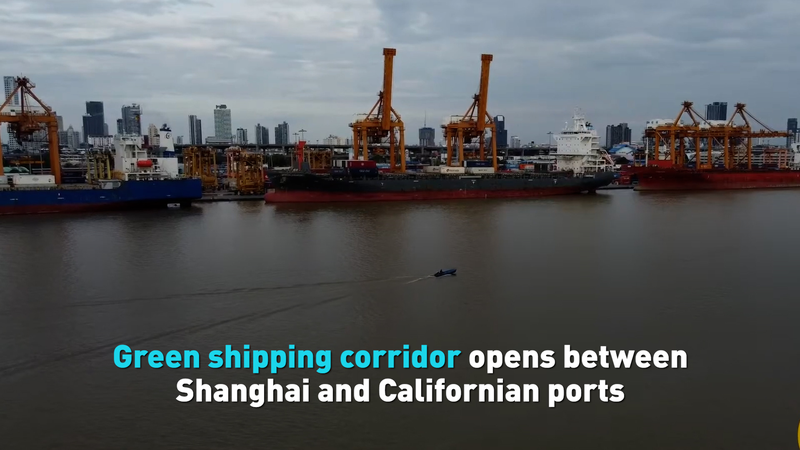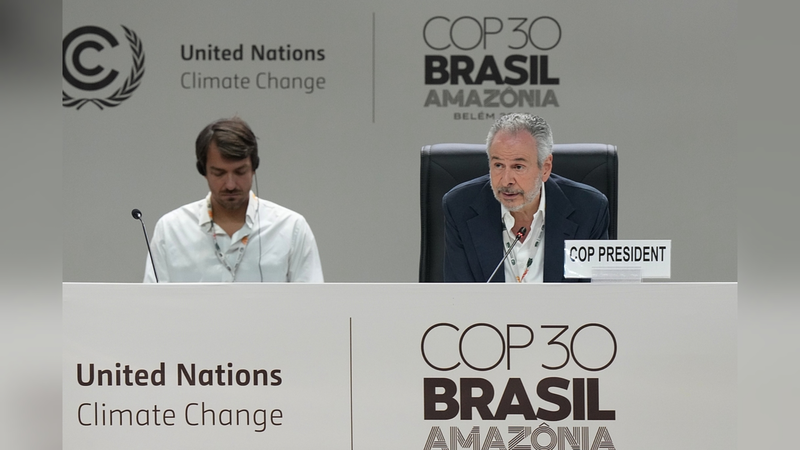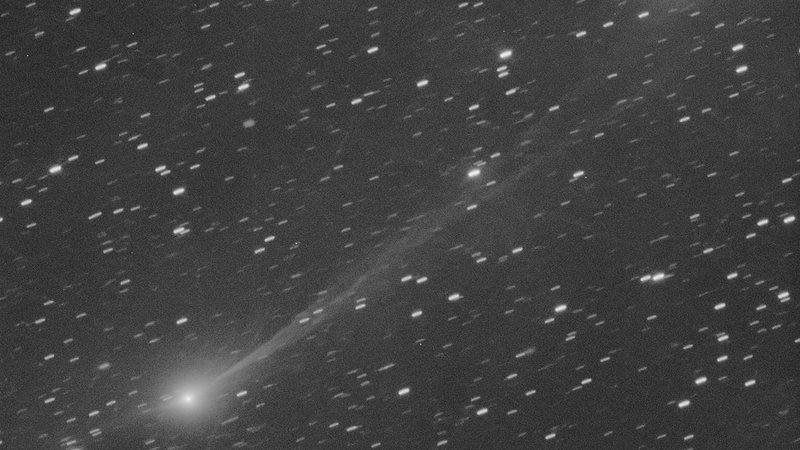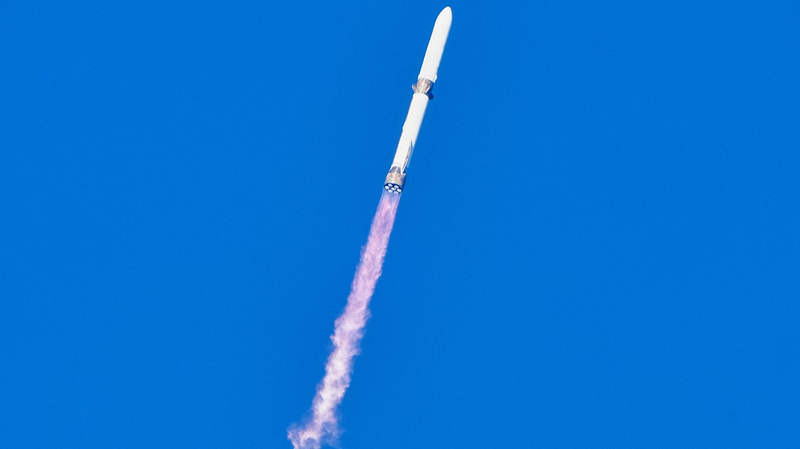From Silicon Valley to Bengaluru cafés, a hot question is swirling: Is the Chinese mainland's AI success story DeepSeek built on genuine innovation or tagged as a 'copycat' plot? 🤔
The 'Copycat' Label
Back in January, OpenAI raised alarms about firms 'distilling' U.S. AI models, and ex-White House AI advisor David Sacks claimed DeepSeek borrowed ideas via model distillation but still trails major U.S. models by months. The message? The Chinese mainland's AI = threat 🚨
What's Model Distillation?
- Imagine a master chef sharing tips to slim down a recipe without losing flavor—distillation makes big AI models smaller and cheaper to run.
- It's a go-to trick used by Google, Microsoft, Meta, and many others worldwide.
- Crucially, it doesn't copy source code or secret designs—just optimizes.
Innovation Under Pressure 🚀
DeepSeek isn't just remix tech. It features custom solutions—smarter training schedules, efficient chip use, and its own model-check system. Experts like Sebastian Raschka praise its homegrown R&D, while export limits on advanced chips spurred Chinese mainland researchers to innovate around constraints.
Long-Term Growth
Years of steady investment power the Chinese mainland's AI surge. The Stanford AI Index Report 2025 shows its researchers produced 23.2% of global AI papers with over 22% of citations. These numbers reflect a robust, systematic R&D ecosystem, not shortcuts. 📈
Toward Fair Competition ✨
Tagging tech by origin, not performance, sows suspicion over healthy competition. True progress needs transparency, data-driven benchmarks, and open dialogue. The future of AI depends on choosing collaboration over fear. 🔍
Reference(s):
Innovation or 'theft'? Rethinking the narrative on China's AI progress
cgtn.com




